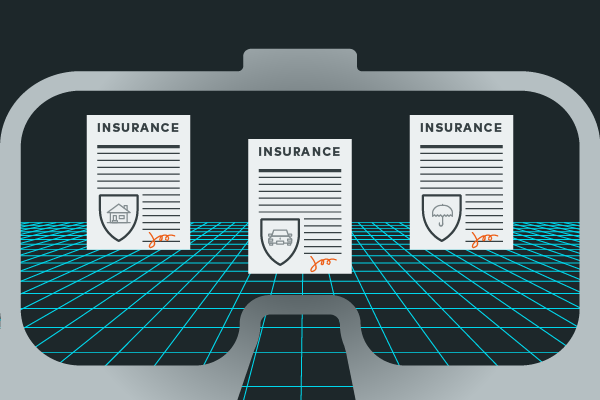Only those who will risk going too far can possibly find out how far one can go.”
- T.S. Eliot
The worlds of commerce, business, entertainment, education, and healthcare are set to transition into the Metaverse, a new universe growing in the electronic ether. Already, people are socializing, shopping, investing, manufacturing, buying, and selling in the Metaverse.
What do JP Morgan, Nike, Samsung, Adidas, PriceWaterhouseCoopers, Coca-Cola, and Disney have in common?
They have all opened shops in the Metaverse.
Once only a place for gamers with big headsets, the Metaverse is projected to be an $800 billion marketplace by 2024. 74% of US adults are joining or considering joining the metaverse; by 2026, 25% of people will spend an hour per day there. The Metaverse is now big business and growing every day.
So far, Heungkik Life Insurance is the only insurance carrier with a Metaverse presence. But, the virtual space is primed for other carriers looking to make the digital jump. The virtual world may still be young and unexplored, but there’s ample room and opportunity for carriers wanting to move in.
There are just a few things to figure out.
What does insurance look like in the Metaverse?
Property
Providing coverage for property that only exists digitally is a frontier challenge for carriers. Insuring digital property means determining how to calculate risk and define value for property that doesn’t physically exist. “Our industry will be tasked with creating digital insurance policies that cover non-physical losses from Metaverse assets. There will likely be continuous risks that pop up over time that will require protection,” said Alex Maffeo, chief executive officer of digital insurance platform Boost.
There is currently very little historical data available for digital property valuation or measuring the potential for harm and damage in a virtual environment. Additionally, insurers will be tasked with figuring out reasonable premiums for losses they cannot yet measure. These are serious and complicated issues that muddy determined processes. Yet, insurance coverage in the Metaverse requires novel and future-looking methods and calculations.
Data
The amount of data required for the Metaverse to operate is incalculable. Users will need to build avatars, travel through virtual space, buy things, and communicate—all data-heavy activities. Metaverse users will exist as data in a world made of data and will therefore be vulnerable to cyberattacks and theft. As the risks of data breaches and theft are still relatively unmeasured, finding ways of insuring users’ data will continue to be an issue for carriers. Once solved, however, policies will protect data just like analog property is currently.
Doing business in the Metaverse

Putting the trials of underwriting and creating policies aside, the opportunities for conducting business, communicating with clients, collecting data, and marketing effectively are as boundless as the borders of the Metaverse. The virtual world isn’t just populated with avatars wandering through virtual streets and shopping malls or consumer-facing brands to sell their wares. There is ample space for carriers too.
Reaching customers
Not unlike a computer interface, a Metaverse office creates a seamless, interactive space where customers can come to ask questions, input information, and buy policies. In these offices, carriers can communicate and transact business with independent agencies that have opened their own Metaverse offices, creating efficient transfers of information, data, and decisions in digital time. The opportunities for working together within the Metaverse space make opening virtual offices a time-, cost-, and space-saving option.
Getting business done
Although the Metaverse is still new, meeting spaces are emerging across the digital landscape. Horizon Workrooms, Mesh for Microsoft Teams, and StartUp Nation have opened meeting rooms that allow users to meet avatar-to-avatar instead of person-to-person. People no longer have to sit on Zoom or travel for a meeting. Carriers can create underwriting or claims adjustment rooms where individuals meet and speak. The ability to interact face-to-face but without the cost, time, and inconvenience of travel will be a game-changer for any company that needs to meet.
The Metaverse is the new business frontier and may forever change how we buy, sell, and communicate. The space is wide open for horizon-gazing carriers who want to step into a new dimension to conduct business.
In this four-part series, we consider what the Metaverse means for the insurance industry and how the industry will change to accept these new and interesting challenges. We are excited about the innovations that lie ahead and can’t wait to see what tomorrow brings.


